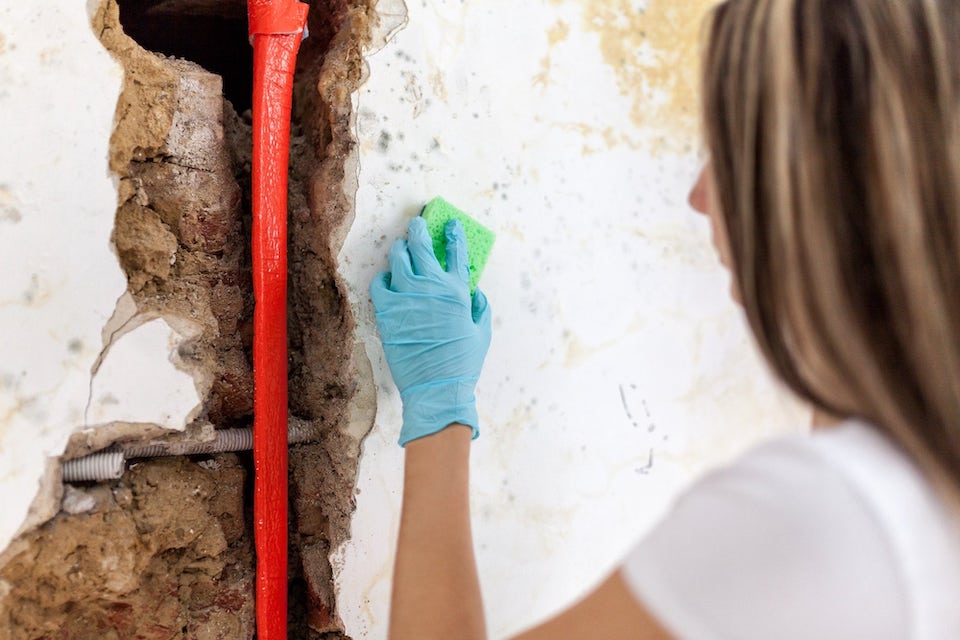
August 27, 2024
Effective Preserving Wall Surface Drain Pointers For Lasting Wall
Correct Drainage For Keeping Wall Surfaces Not only does it jeopardize the structural honesty of the wall, but it can likewise result in costly repair work and possible safety dangers. When water is not correctly drained pipes from behind a preserving wall surface, it can apply stress on the framework, causing it to turn, fracture, or perhaps collapse. Hearing from homeowners who have actually installed wood retaining wall surfaces with correct drainage can supply practical recommendations and encouragement. Their experiences and comments highlight the advantages of buying a quality drain system and offer insights right into the installment and upkeep process. The design ought to make sure that water is efficiently gathered and channeled far from the wall. Consulting with experts can aid develop a durable water drainage plan that addresses the site's distinct challenges and demands.Implementing Balcony Horticulture
- Environmental considerations are increasingly crucial in preserving wall surface drainage.
- Exploring the dynamics of water drainage introduces a complex interaction in between surface water, groundwater, and the dirt preserved behind the wall surface.
- Routine upkeep, such as removing debris, is needed to keep these water drainage systems operating correctly.
- The maintaining wall is a system and it is just like the amount of its components.
- While these components are undoubtedly crucial, they frequently overshadow the vital requirement for a reliable drain system.
Mounting Check Dams
Pros and cons of using gabion walls in the landscape - Total Landscape Care
Pros and cons of using gabion walls in the landscape.
Posted: Tue, 26 Nov 2019 08:00:00 GMT [source]

Perforated Pipe
Developed to keep soil and stop disintegration, these wall surfaces require appropriate drainage to stop disintegration. This comprehensive overview discovers boosting drainage for concrete keeping walls, consisting of basic methods and certain options for different scenarios. As formerly talked about, weep openings play an essential component in maintaining efficient wall drainage systems. Retaining walls frequently run into numerous stress and anxiety types, amongst them the hydrostatic stress brought on by accumulated water behind the wall surface. In the absence of sufficient drain, water may build up, applying considerable pressure on the wall. Carrying out proper drainage solutions is important for preserving the structural security of your preserving wall. French drains pipes work in preventing water from pooling and creating damages to your yard. Walls constructed from materials that do not permit water to pass through, such as put concrete, require detailed water drainage systems. These wall surfaces are commonly outfitted with a mix of drainage tiles and rock or gravel backfills to assist in water collection and rerouting. Additionally, appropriate electrical outlets should be set up to make sure that the gathered water can be released away from the wall surface successfully. An absorptive keeping wall surface is a maintaining wall that permits water to permeate with the wall. Periodic checks can protect against prospective problems and extend the life of the retaining wall. Cry openings are small openings through the wall that permit water to run away from behind the framework. Link the drainage pipe areas, guaranteeing a safe and water tight link. Effectively slope the pipeline to make certain that water normally streams away from the wall surface. Reliable water drainage systems help alleviate this pressure, redirecting water away from the wall surface Disability Adaptation Reports and mitigating possible damage. If water can't flow far from the back of the wall, pressure will develop, causing the footing (and occasionally also the wall surface) to fall short.Just how do you drain water from a preserving wall?
A perforated pipeline has openings throughout it that permit the water to trickle down right into the pipeline and drain pipes out into the crushed rock and dirt around the preserving wall. Poured concrete is the least expensive kind of preserving wall, in terms of products. Pressure-treated pine is following, and wood keeping walls

Social Links